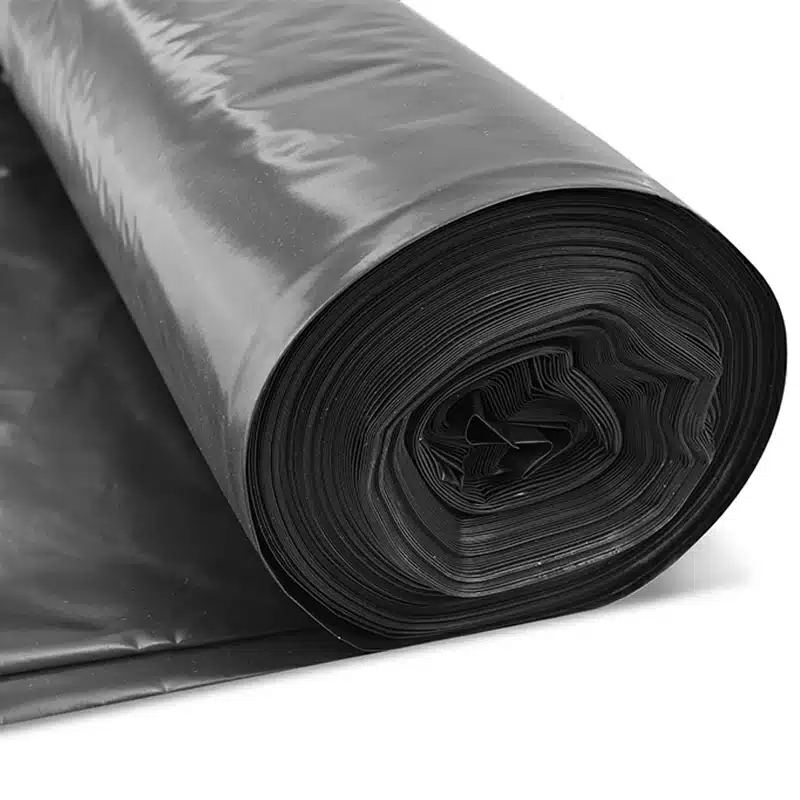+86-159 9860 6917
info@geofantex.com
geofantex@gmail.com
+86-400-8266163-44899
Geomembrane masterbatch plays a critical role in producing high-quality geomembranes, which are essential components in various environmental protection and containment applications. These geomembranes are made using advanced materials and are designed to offer exceptional durability, flexibility, and resistance to chemicals. In this article, we will explore the differences between geomembranes and HDPE, the materials used in geomembranes, and the types of geomembranes currently in use.
What is the difference between geomembrane and HDPE?
Geomembranes and HDPE (High-Density Polyethylene) are closely related but serve different purposes. A geomembrane is a synthetic liner or barrier made from various materials, including HDPE. HDPE geomembranes are widely used due to their chemical resistance, durability, and impermeability. PVC geomembranes are flexible and relatively easy to handle, while HDPE geomembranes are tough and non-flexible, making them suitable for different applications. While HDPE is a specific material, geomembranes can also be made from other polymers, such as LLDPE and EPDM, each offering different properties suited for specific applications.

What is geomembrane material?
Geomembrane materials are synthetic polymers used to create giant impermeable membranes made of (un)reinforced polymeric materials, designed to prevent fluid or gas migration. The most common materials used for geomembranes include High-Density Polyethylene (HDPE), Linear Low-Density Polyethylene (LLDPE), Polyvinyl Chloride (PVC), and Ethylene Propylene Diene Monomer (EPDM). These materials are chosen for their flexibility, strength, chemical resistance, and impermeability, making them ideal for applications like landfill liners, ponds, reservoirs, and mining operations.
What are the three types of geomembranes?
The three primary types of geomembranes are:
HDPE Geomembranes: Known for their high strength and chemical resistance, they are commonly used in landfills and mining applications whenever fluids or other materials cannot be lost or spread.
LLDPE Geomembranes: More flexible than HDPE, LLDPE geomembranes are used where greater adaptability to terrain is required, particularly in situations where containment is crucial.
PVC Geomembranes: PVC geomembranes are highly flexible and easy to install, making them suitable for short-term containment and smaller projects like ponds and reservoirs, where fluids must also remain contained and controlled.
What is the most widely used geomembrane currently used?
The most widely used geomembrane today is the High-Density Polyethylene (HDPE) liner. Its superior chemical resistance, long service life, and ability to withstand harsh environmental conditions make it the go-to material for a wide range of containment applications. The HDPE liner is particularly favored in landfill liners, mining, and water containment systems due to its durability and impermeability, making it an essential choice for projects requiring long-term containment solutions.
Geomembrane masterbatch is a crucial component in the production of geomembranes, which are essential for various containment and environmental protection applications. Geomembranes are made from different materials like HDPE, LLDPE, and PVC, each offering unique properties. HDPE geomembranes, in particular, are the most widely used due to their strength and chemical resistance. Understanding the types of geomembrane materials and their specific uses can help ensure the success of projects requiring impermeable barriers.



Get Free Sample
We’ll respond as soon as possible(within 12 hours)






















